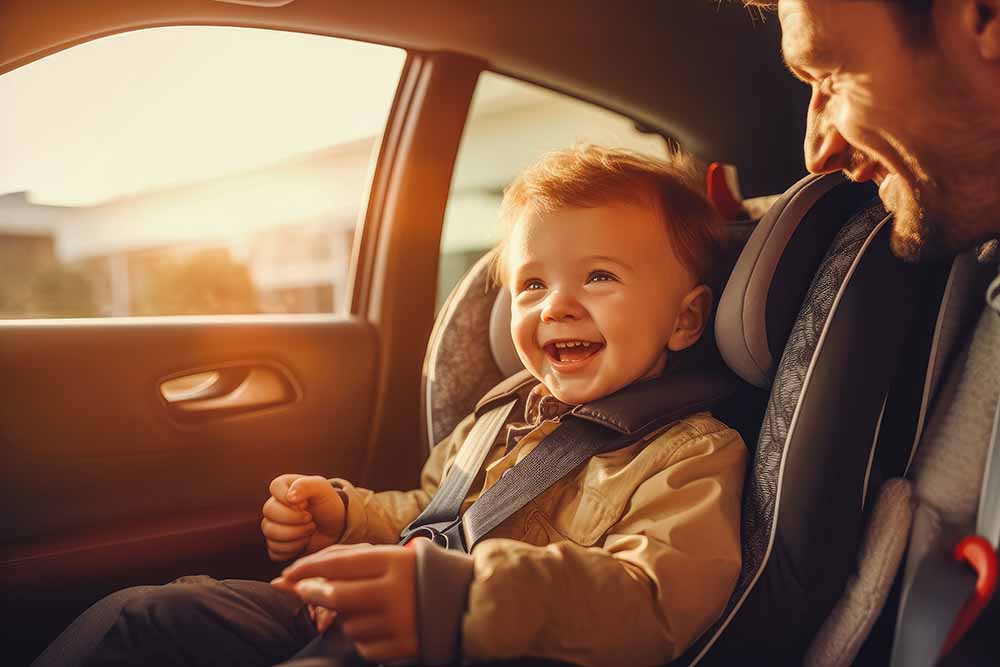
If you’ll be driving with a baby in the car, there’s a lot of essential gear and smaller items you’ll need (and want) to have on hand. Some babies love taking naps in the car, while others prefer to use their time on the road to test parents’ patience by crying, crying louder, and crying again. In either case, you’ll want to be prepared with these must-have items for driving with a baby on board.
Baby seat Toys Travel stroller The baby bag Mirror First aid kit Sun shade Blanket Patience
Baby seat
The weight and height of a child determines what type of car seat they’ll need.
Toys
Just like parents, babies get bored in cars. Try to keep a few different toys on board, changing them up regularly, to keep your little ones entertained. Remember that in the event of a crash, however, anything in a vehicle can become a projectile. That’s why it’s a good idea to
Travel stroller
A compact, lightweight travel stroller takes up far less space than a typical full-size stroller, leaving more room in the trunk for non-baby gear. Plus, these strollers can often be folded or unfolded with one hand. They’re not a necessity, but having a travel stroller in the trunk will make driving places with a baby much easier.
The baby bag
The baby bag/diaper bag is the overstuffed backpack that goes everywhere with your little one. What’s in it is up to you, but think necessities: diapers, wipes, changing pad, soother, plus a change of clothes (or two), sunscreen, milk/formula and snacks. Bring more than you’ll need, especially for longer drives. If your car gets stuck somewhere, it’ll be better to be safe than sorry.
Mirror
A small mirror — usually strapped to the rear-seat headrest — lets a driver see a baby in a rear-facing seat. This is one of those things that might seem unnecessary at first, but is so useful in practice. Video cameras are a high-tech alternative to the mirror, and some new minivans even offer a built-in cabin camera that provides a live view of chaos in the back seats.
First aid kit
Even if you don’t have a baby, it’s always a good idea to keep a small first aid kit (including a seatbelt cutter) in your vehicle at all times. In addition to the first aid kit, the federal government recommends keeping a
Sun shade
Most car seats have a built-in retractable shade, which is great, but to keep babies completely out of the sun in the car you’ll want some removable shade screens. They stick to windows or spring into place, and couldn’t be easier to install.
Blanket
When the temperature drops, you’ll need to keep your little one warm. As
Patience
When planning to drive anywhere with a baby, plan to be patient. Take breaks. Leave time to stop, get the baby out of the car and offer up a change of scenery. Maybe put a blanket down in a park and have an impromptu picnic. You’ll both enjoy the drive more.